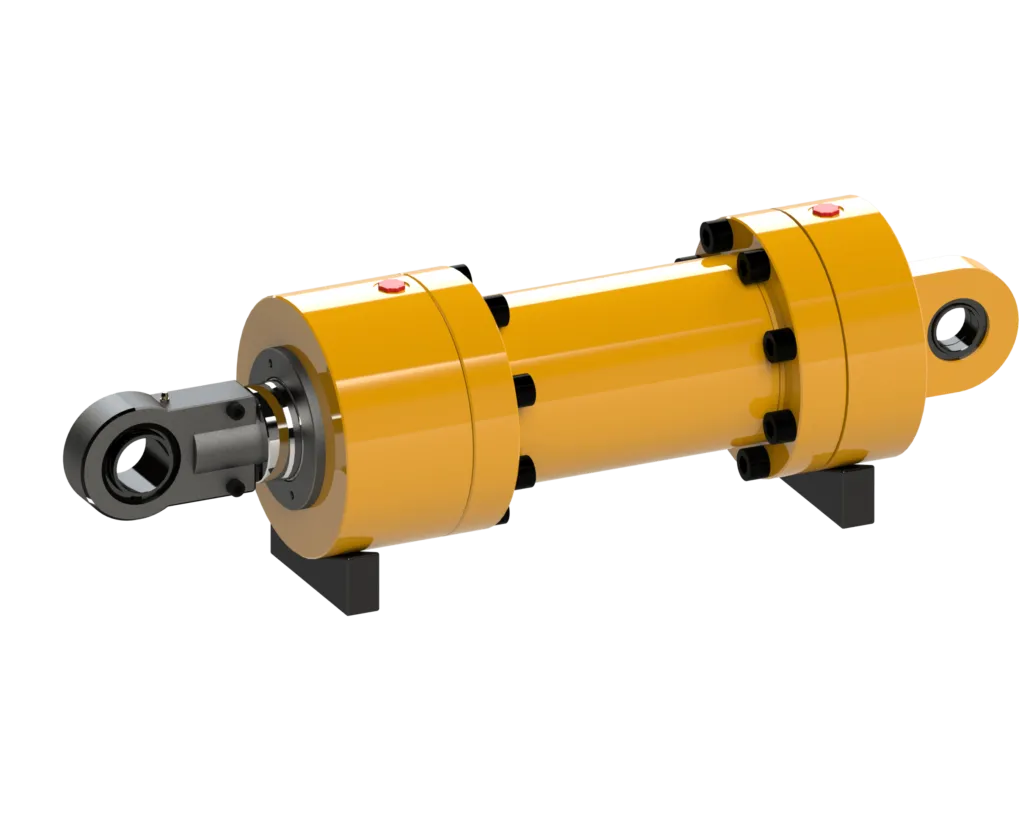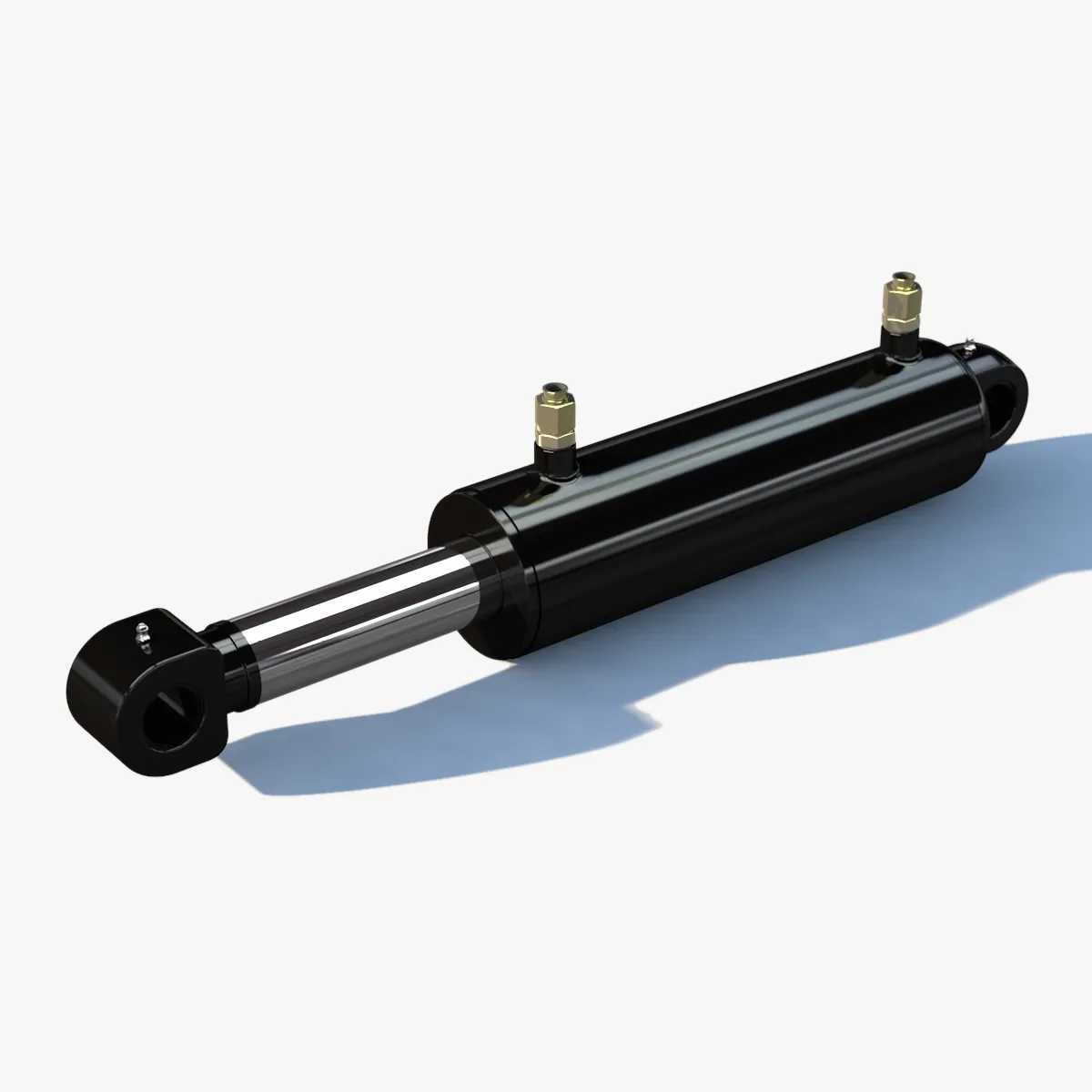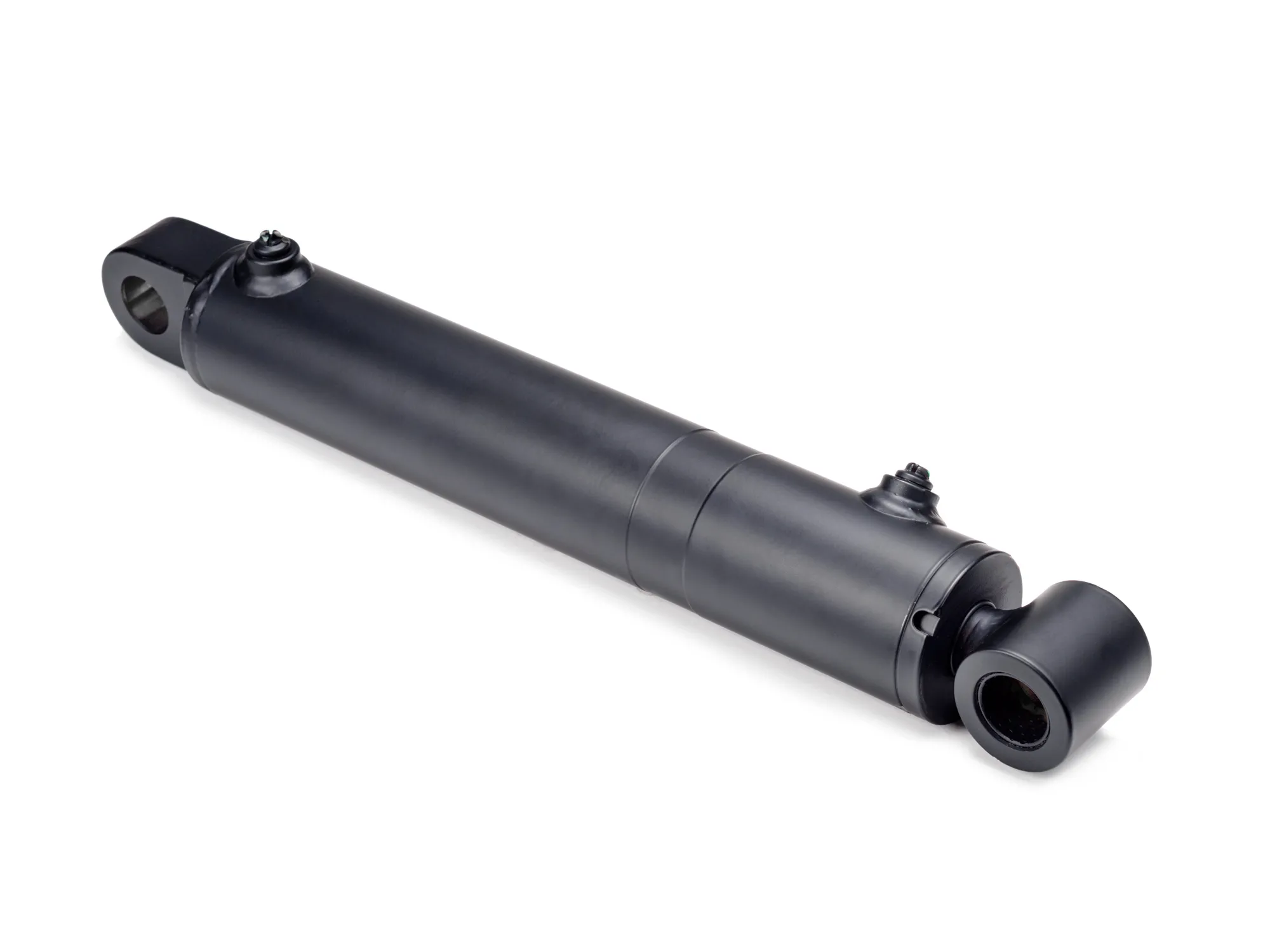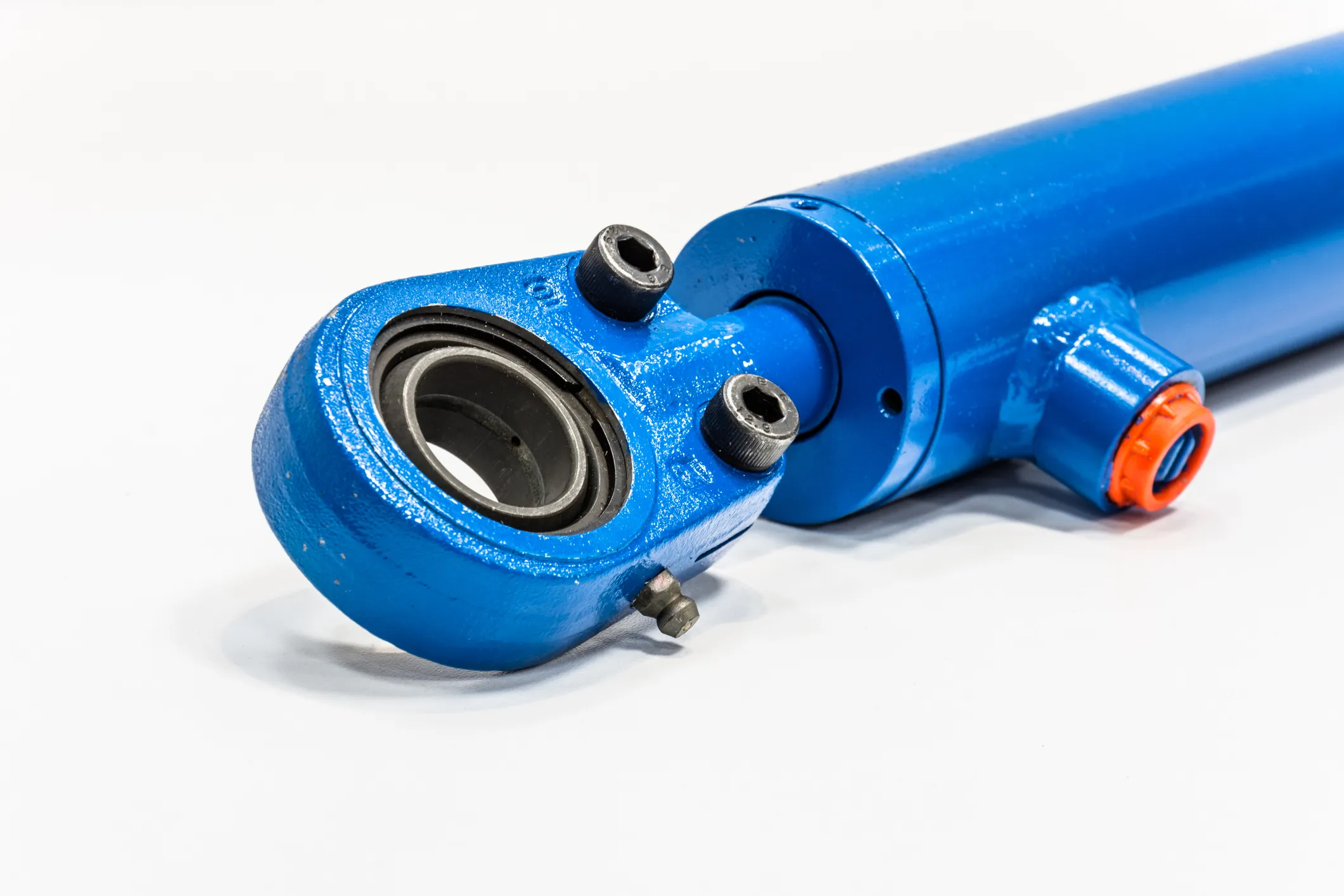Understanding Mill-Type Welded Hydraulic Cylinders

Introduction
In the world of hydraulic systems, mill-type welded hydraulic cylinders play a crucial role in ensuring smooth and efficient operation. These cylinders are known for their robust design and high performance capabilities.
Design Characteristics
When it comes to the design of mill-type welded hydraulic cylinders, several key components come into play. These include the shell, inner cylinder, piston, and other crucial elements. The manufacturing process emphasizes the use of welding technology to ensure strength, durability, and overall performance.
Welding Technology
The welding technology used to manufacture cylinder components is critical in ensuring the reliability and longevity of the hydraulic cylinder. By carefully considering design considerations, manufacturers can guarantee the quality of the final product.
Working Principle
The working principle of mill-type welded hydraulic cylinders is based on the conversion of hydraulic energy into mechanical force. These cylinders play a vital role in various hydraulic systems, providing the necessary power to drive machinery and equipment.
Types and Configurations
There are three main types of mill-type welded hydraulic cylinders, each with its unique configuration and capabilities. Understanding the differences between these types is essential for selecting the right cylinder for a specific application.
Advantages
Mill-type welded hydraulic cylinders offer several advantages, including high load capacity, long stroke, and rugged durability. These cylinders are designed to withstand the rigors of heavy-duty applications, making them a reliable choice for various industries.
Performance Characteristics
When it comes to performance, mill-type welded hydraulic cylinders are known for their high working pressure and pressure range. Factors such as load capacity, speed, and responsiveness play a crucial role in determining the overall performance of these cylinders.
Applications
Mill-type welded hydraulic cylinders find extensive use in industries such as heavy equipment, industrial machinery, and mining operations. Their versatility and reliability make them a popular choice for various machinery and equipment applications.

Design Considerations
When selecting a mill-type welded hydraulic cylinder, various design considerations come into play. Factors such as bearing capacity, sealing, durability, safety, and maintainability are essential to ensuring the optimal performance of the cylinder.
Sealing and Lubrication
Proper sealing and lubrication are crucial for the efficient operation of mill-type welded hydraulic cylinders. Using high-quality seals and ensuring adequate lubrication can help prevent wear and extend the service life of the cylinder.
Maintenance and Inspection
Regular inspection and preventive maintenance are key to ensuring the long-term performance of mill-type welded hydraulic cylinders. By following the recommended maintenance procedures, users can minimize downtime and prevent costly repairs.
Installation Guide
Proper installation of mill-type welded hydraulic cylinders is essential for ensuring their optimal performance. Following the correct installation procedures can help prevent issues and maximize the lifespan of the cylinder.
Maintenance Tasks
Three key maintenance tasks, including regular inspection, proper lubrication, and seal replacement, are essential for extending the service life of mill-type welded hydraulic cylinders. By following these maintenance procedures, users can ensure the cylinders operate smoothly and efficiently.
Safety Considerations
Ensuring safety when using mill-type welded hydraulic cylinders is paramount. By following proper safety measures and considering environmental factors, users can prevent accidents and ensure the safe operation of the cylinders.
Fault Diagnosis and Troubleshooting
Identifying common problems and diagnosing faults in mill-type welded hydraulic cylinders is essential for maintaining their performance. By addressing issues promptly and implementing effective troubleshooting solutions, users can prevent downtime and costly repairs.
FAQs
1. What are the advantages of mill-type welded hydraulic cylinders?

2. What are the main components of a mill-type welded hydraulic cylinder?
3. How do mill-type welded hydraulic cylinders differ from other types?
Long Tail Keywords

1. Mill-Type Welded Hydraulic Cylinder Maintenance Guidelines
2. Importance of Regular Inspection and Lubrication
3. Troubleshooting Common Issues in Hydraulic Cylinders
Company Overview
Our company specializes in manufacturing and distributing hydraulic cylinders, including mill-type welded hydraulic cylinders. With a focus on quality and reliability, we have become a trusted name in the industry, offering a wide range of products and customized services to meet our customers’ needs.
From professional certifications to comprehensive after-sales support, we strive to provide the best possible solutions for our clients. With state-of-the-art production equipment and a commitment to excellence, we are dedicated to delivering high-quality hydraulic cylinders that meet the highest standards.
Whether you require standard or custom solutions, our company is here to help. Contact us today to learn more about our products and services.
Author: lyl
